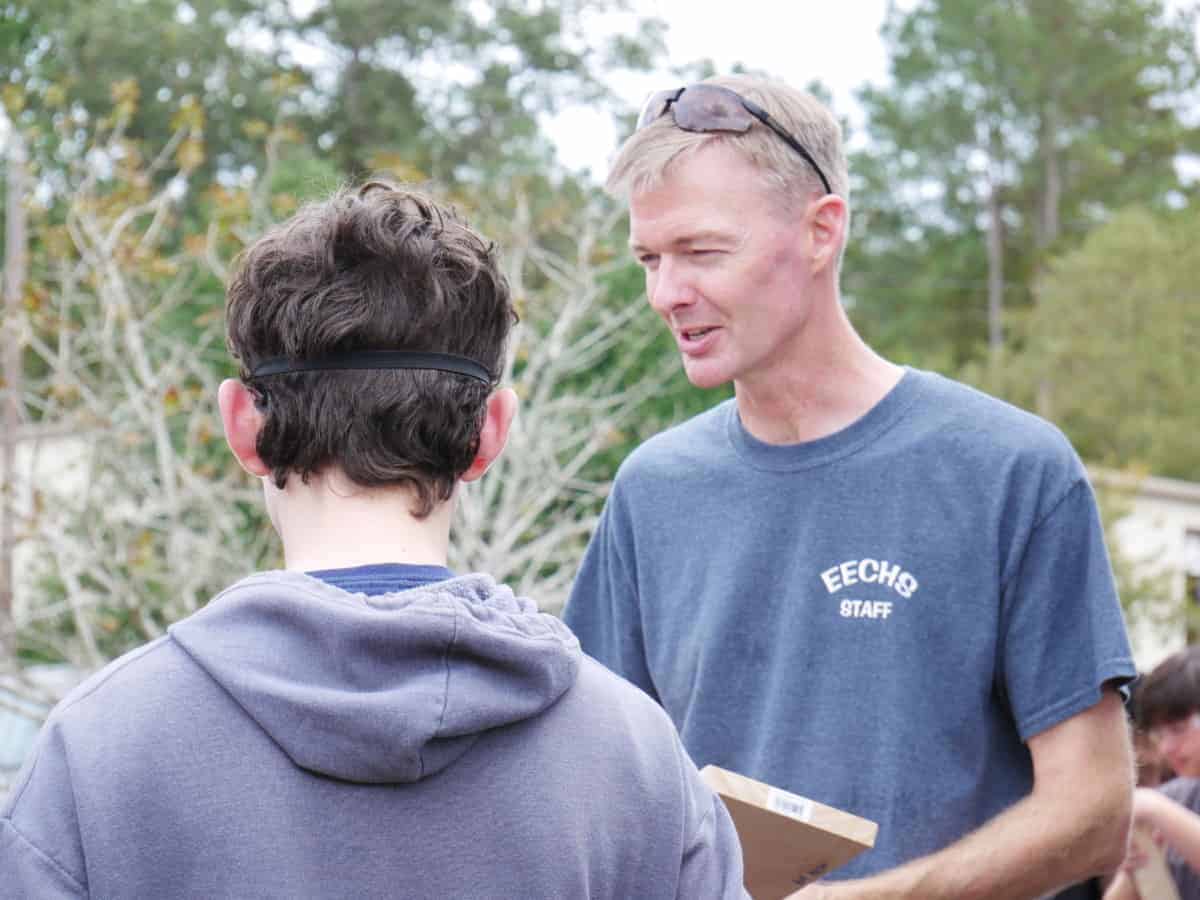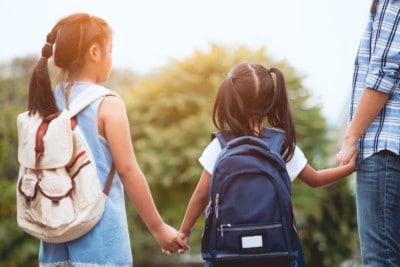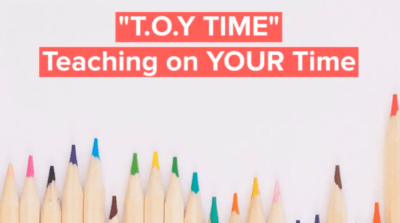
Twenty years ago, when I was in my third year teaching English at Tarboro High School, one of my knucklehead students casually said to me at the end of a bright September day: “Hey, Mr. Smith, there’s a 500-mile wide hurricane off the coast. Looks like we’re going to get wet.”
None of us quite knew what to expect from — or how to prepare for — Hurricane Floyd. It rained in eastern North Carolina for 60 hours straight. We lost 52 lives, 36 from drowning.
For nearly a month, Tarboro High School became a Red Cross Relief shelter and National Guard Command Center, where evacuees ate Campbell’s tomato soup, slept on cots in the gym, and toileted and showered in makeshift facilities set up in the parking lot. Homes in nearby Princeville were underwater for what seemed like forever. Every aspect of our rural existence pivoted in an instant.
When Hurricane Matthew slammed eastern North Carolina in 2016, we saw it coming, and when Hurricane Florence dumped 8 trillion gallons of rain on us in 2018, we were ready. The communities of eastern North Carolina have weathered three “500 year” floods in the last 20 years, and we know how to prepare for crisis and respond to calamity.
The educators of our region have been so thoroughly tested by past disasters that we may not fully realize how ready we are to take on our current pandemic. When faced with catastrophe, we innovate our way through it — together.
When Gov. Roy Cooper issued his first executive order on Saturday, March 14, closing schools for two weeks due to the pandemic, every school system across our state immediately sprang into action to tackle both common and unique challenges we face. Many of our schools in Tier 1, economically-distressed counties — like Edgecombe County Public Schools (ECPS), where I have spent my entire career as a teacher and principal — front-loaded our work in the area of child nutrition.
Our district leaders knew from experience that our first priority was to feed children, and we needed to act quickly. We knew that a centralized pick-up system would not be sufficient because the same children who eat two meals per day at school would likely not have transportation to get to pick-up sites. So ECPS transformed our bus routes into curbside food delivery, and our classified staff — bus drivers, child nutrition, and administrative staff — became our most valuable resource in our first wave of response to the pandemic.
Our district leaders looked at the problem through the eyes of children: How could a food delivery system be designed to ensure that each child eats even though he or she is not on our campuses? If the system was too complex, too difficult to communicate to parents, or dependent upon factors outside of our control, it would not be deployable, effective, or sustainable — and kids would suffer. Think human-centered design meets child nutrition meets crisis management.
We innovated in an instant to meet the challenges of the moment — and we did so with existing resources. Sometimes we have to innovate inside the box. Educators who have worked in resource-deprived environments know all about doing more with less, making ends meet, and innovating because we have to.
School districts like ours have learned to treat adversity as opportunity. Edgecombe County may be one of the poorest districts in our state, but we are rich with grit, resilience, growth mindset, determination, commitment, and innovation. With the support of our wonderful community, our district is leading innovative work in so many areas — dual-language immersion, Advanced Teaching Roles, Restart and innovative-pilot schools, trauma-sensitive learning, Cooperative Innovative High Schools, and more.
It would have been easy to allow natural disasters like Floyd, Matthew, and Florence to define us — to point at circumstances beyond our control as determiners of our destiny. Instead, we have faced the equity challenges head-on and defined ourselves in terms of our “PK-25” commitment to children from before they enter our doors to well after they graduate from our schools.
I see innovation almost everywhere I look in North Carolina. We have broad coalitions like BEST NC and myFutureNC bringing together diverse stakeholders for the common purpose of transforming North Carolina public schools. We have public universities — like the University of North Carolina-Wilmington — that have embraced innovation as an essential practice for preparing new educators. We have school districts like Rowan-Salisbury Schools that have completely rethought how schools can serve kids.
We have faith-based organizations, like the Conetoe Family Life Center, that are allies in the work because the same children who pray in their pews also learn in our classrooms. And we have organizations like the Center for Racial Equity in Education (CREED) as well as a judicial consent order in the Leandro lawsuit that hold our feet to the fire to get it right for every single child in North Carolina regardless of zip code or background. We are not the same school system that we were 10 years ago, and we are not the same system we will be 10 years from now.
None of us has ever dealt with a pandemic. The challenges are daunting, come what may, but we already have the collective capacity to weather this storm. I see it in my own community, and I bet you see it in yours as well.
As we pivot to a remote learning model until May 15 or beyond, we are all venturing into uncharted territory, but we have our compass and we know our direction. We are asking our 115 district superintendents, our 2,500 school principals, and our 184 charter schools to create systems and processes that adapt to the changing circumstances we are facing.
We are challenging 100,000 North Carolina educators to do something never done before — to teach and inspire and love our 1.5 million public school children and to leave no child behind — even though our buildings are closed. We are engaging parents and families as the true stakeholders you are by setting up remote home schools at kitchen tables across our state.
We will flatten the curve. We will feed and educate children. We will innovate our way through this pandemic. And we will be stronger together on the other side.
Recommended reading



